Featured Story From Honduras
Plantain Chips Provide Economic “Blessings”
“Thanks to the project, we have all of this,” said Medina, gesturing to her spotless kitchen equipment. “Women can move forward, regardless of obstacles [we] face.”
Glenda Nery Medina, Founder of Fuente de Bendición
See the impact



